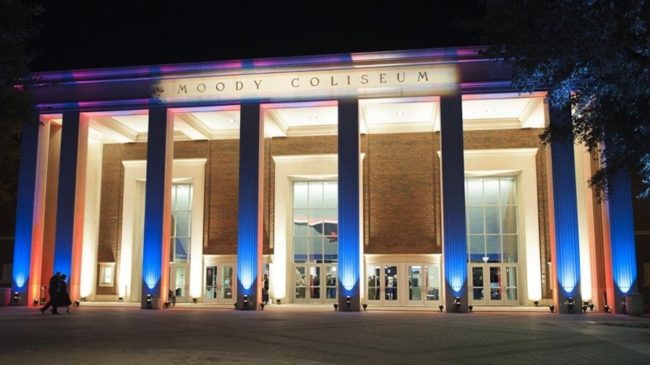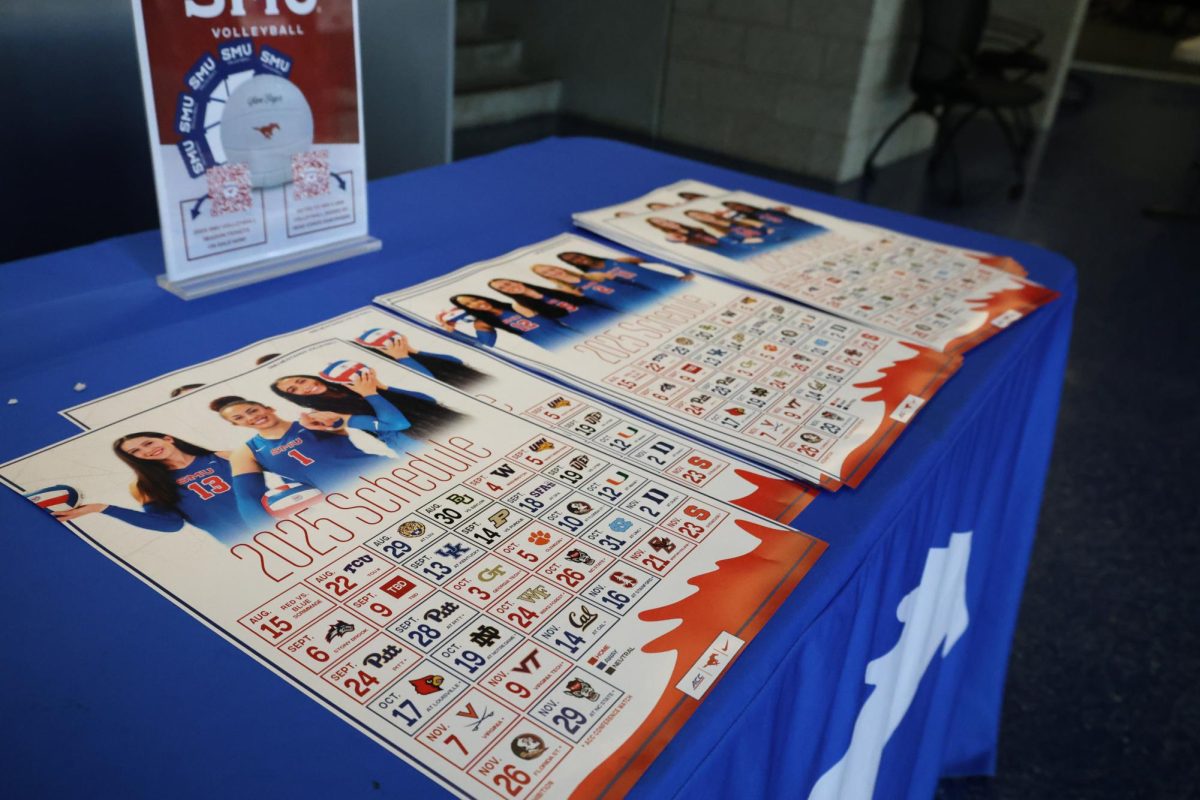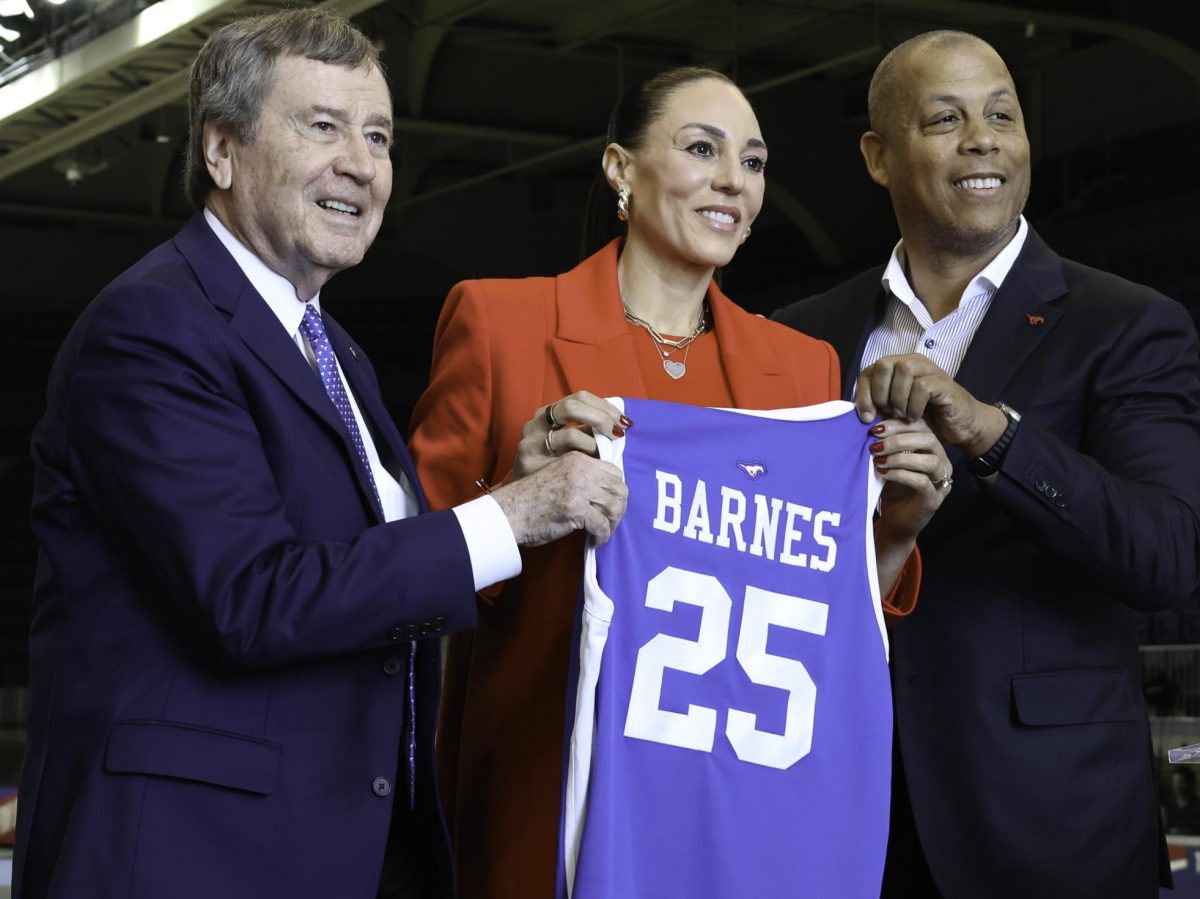It is that time of year again. With just 17 days to go until college basketball begins, it is preseason rankings season.
Rankings can be useful, but it is important to remember that most rankings, especially before the season begins, mean nothing. Anyone who knows about college basketball knows that anything can happen and that upsets should be expected. While the little numbers next to the team names may make fans feel special, they are not by any means absolute.
That being said, we have to talk about rankings.

SMU finished at No. 24 in the final Associated Press Top 25 Poll of last season. While the AP’s preseason rankings do not come out until Oct. 31, KenPom.com released its preseason ratings on Sunday with the Mustangs starting the season as a top 50 team at No. 49.
The KenPom ratings were created in 2003 by now well-known basketball analytics expert Ken Pomeroy. A former meteorologist for the U.S. Government, Pomeroy has focused the last decade on perfecting the metrics he uses to evaluate all 351 teams in Division I men’s basketball. Pomeroy is often compared to Bill James, the pioneer of sabermetrics systems used by professional baseball teams to evaluate and compare the performance of players.
Unlike the AP Poll, the USA Coaches Poll and other similar rankings, KenPom rates teams based on actual math, not opinion. The ratings largely ignore many of the subjective factors that voters get stuck on.
“The purpose of this system is to show how strong a team would be if it played tonight, independent of injuries or emotional factors,” Pomeroy said on his blog. “Since nobody can see every team play all (or even most) of their games, this system is designed to give you a snapshot of a team’s current level of play.”
Pomeroy has never released the exact formula he uses to rate teams, but the accuracy of his ratings have been revered by basketball publications and experts.
A lot of math goes into the KenPom ratings, but here are the basics, as explained by Pomeroy on his blog**:
The AdjEM, or adjusted efficiency margin, is the stat at the core of the KenPom ratings. AdjEM represents the difference between a team’s offensive and defensive efficiency, or “the number of points the team would be expected to outscore the average D-I team” per 100 possessions. Teams are then rated according to the value that equals the difference in their efficiencies on a game-by-game basis.
For example, SMU finished the 2015-2016 season at No. 16 in the KenPom ratings with a AdjEM of +21.97, meaning the Mustangs projected to be almost 22 points better than the average D-I team. Villanova, last season’s national champion, finished No. 1 with a AdjEM of +32.01.
According to Pomeroy, the quality that separates the KenPom ratings from subjective rankings is that Pomeroy’s metrics are predictive. SMU was banned from the NCAA Tournament last season, but finished with a 25-5 record and a better KenPom rating than every team in the American Athletic Conference and eight teams that reached the Sweet Sixteen. SMU fans that sat at home during March Madness wondering what might have been, there is your validation.
SMU began last season at No. 23 in the KenPom ratings. Why so low this season?
Like other rankings, KenPom is not perfect. The preseason ratings are largely dependent on how teams have performed in recent seasons.
Returning personnel is heavily considered. SMU lost three of its most productive players from last season in Nic Moore, Jordan Tolbert and Markus Kennedy. Cincinnati and Connecticut, who are ranked 28 and 41 in the preseason ratings respectively, retained many of their heavy-lifters. Pomeroy said he also penalizes teams that change coaches, hence SMU’s drop this season.
The KenPom ratings are also blind to incoming recruits, transfers, and players returning from injury. The ratings cannot predict for SMU’s stellar recruiting class, featuring top international prospects Harry Froling and Tom Wilson as well as Dashawn McDowell, a top prospect out of Oklahoma. The ratings cannot predict for Duke transfer Semi Ojeleye, a former top 100 prospect who will finally play for the Mustangs after sitting out 1 1/2 seasons. Guard Ben Emelogu also returns after sitting out all of last season with injury.
Many preseason rankings cannot see past the loss of three top players and a changing of the guard at head coach. Neither can the KenPom ratings. The Mustangs may overachieve their preseason rating like last season, or they might hover somewhere in the top 75.
Either way, if the Mustangs play anything like they have for the past three seasons, fans will be sure to see a tiny number next to SMU’s name very soon.
Preseason KenPom ratings for SMU’s nonconference opponents:
- Gardner-Webb – 254
- Eastern Michigan – 88
- Pittsburgh – 51
- Michigan 31/Marquette 47
- UC Santa Barbara – 156
- Southern California – 59
- Boise State – 119
- CSU-Bakersfield – 130
- Delaware State – 335
- TCU – 66
- McNeese State – 312
- Stanford – 68
- Albany – 183
Preseason AAC KenPom ratings:
- Cincinnati* – 28
- Connecticut* – 41
- SMU – 49
- Houston* – 85
- Memphis* – 93
- Tulsa* – 104
- Temple* – 117
- East Carolina* – 155
- Central Florida – 185
- South Florida – 223
- Tulane* – 228
To see the current KenPom ratings, visit KenPom.com
*Notates a conference opponent SMU will play twice.
**Portions of KenPom.com is reserved for paid subscribers. Information used in this article was taken from free portions of the website and Ken Pomeroy’s basketball blog.








